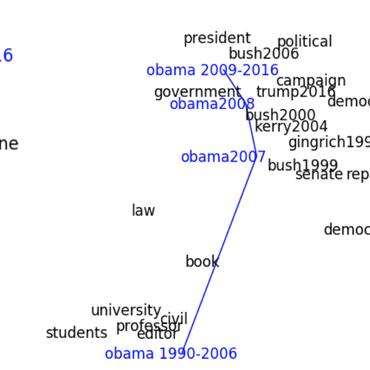Deriving Disinformation Insights from Geolocalized Twitter Callouts
This paper demonstrates a two-stage method for deriving insights from social media data relating to disinformation by applying a combination of geospatial classification and embedding-based language modelling across multiple languages. In particular, the analysis in centered on Twitter and disinformation for three European languages: English, French and Spanish. Firstly, Twitter data is classified into European and non-European sets using BERT. Secondly, Word2vec is applied to the classified texts resulting in Eurocentric, non-Eurocentric and global representations of the data for the three target languages. This comparative analysis demonstrates not only the efficacy of the classification method but also highlights geographic, temporal and linguistic differences in the disinformation-related media. Thus, the contributions of the work are threefold: (i) a novel language-independent transformer-based geolocation method; (ii) an analytical approach that exploits lexical specificity and word embeddings to interrogate user-generated content; and (iii) a dataset of 36 million disinformation related tweets in English, French and Spanish.
PDF Abstract


